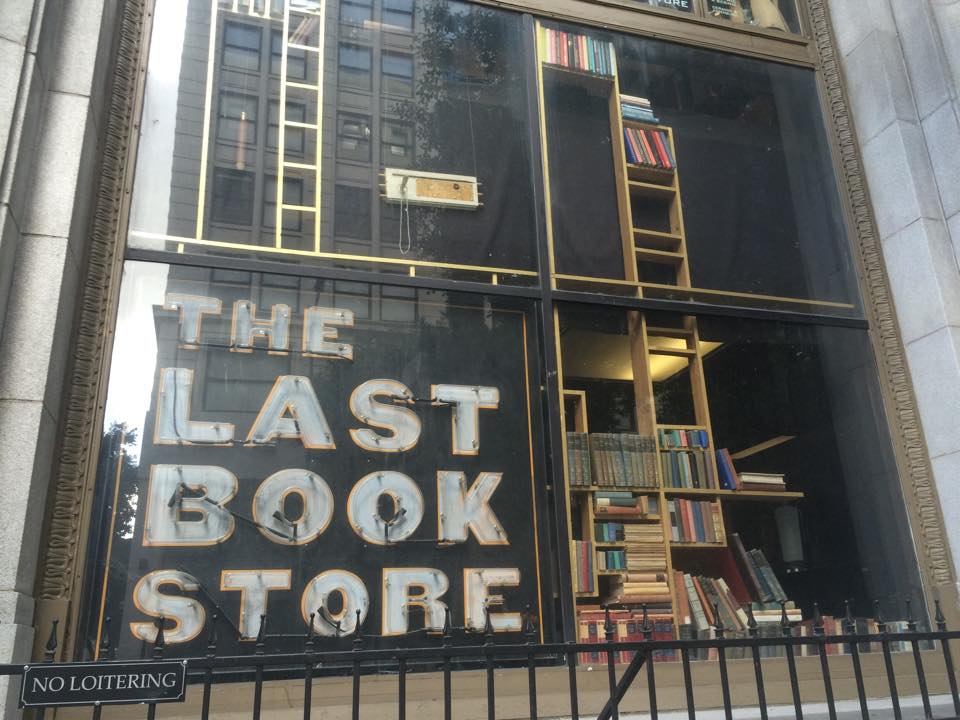
Vendors sit behind the counters of jeweler’s booths at the International Jewelry Mart located on 7th Street in Downtown Los Angeles. The warehouse is filled with numerous jewelry counters, of which maybe half are filled. One or two patrons wander from counter to counter, occasionally stopping to admire a piece and chat with its vendor. Though it’s December and only weeks away from Christmas, business is slow.
“Five years ago we didn’t even have time to eat. We would have to eat lunch at four or five,” said Wendy Diego. “Now we can have lunch anytime we want.”
This has been the fate of many businesses in Los Angeles’s once renowned Jewelry District since 2007 when the Great Recession hit. Diego, a jewelry vendor for Kami’s Jewelry, has been selling jewelry for 20 years and has noticed the considerable shift in the area since the economy’s decline.
“The district isn’t as big as it used to be,” said Diego. “A lot of jewelry stores closed and were converted into lofts, which is concerning because we don’t know what’s going to happen with our own business.”
The district is part of the larger Historic Core neighborhood and spans the area bounded by 5th Street, 8th Street, Broadway and Olive Street. Before the market crashed, Downtown Los Angeles boasted the largest Jewelry District in the world, with annual sales reported at almost $3 billion. During the Great Recession, the entire jewelry industry saw an 11% drop in sales, which impacted Downtown’s businesses drastically.
“The strong people held on in 2007 after the crash,” said business owner Burton. “That’s probably when it went from 5 thousand jewelers to about half. That’s what you’re seeing right now and it gets smaller every year. It fluctuates because this is not something you need, it’s a luxury.”
Burton is the owner of The Jeweler’s Line and has been in the jewelry business since he was a kid. He started his company in 1987 when there were only a few buildings in the area. As the neighborhood’s profits increased, he witnessed its growth into a recognized area with 15 buildings housing over 5 thousand jewelers. However, in recent years after the recession, he’s seen it gradually shrink back to its original size as jewelers go out of business.
“When times are bad, times are horrible,” said Burton. “It was like 9/11 all over again, no joke. When we lost, we lost. Period.”
Although the recession ended in 2009, it took longer for many parts of the economy to turn around due to the severity of the situation; for many businesses, those consequences are still being felt.
“Am I still worried for my business? Hell yeah, just like anybody else,” said Burton. “The whole industry is because there’s so much capital that’s needed and even when you’re out of it, you’re not just back in business. It takes time. People fear the next recession because anything can turn overnight.”
This mindset also exists for the consumer market. Because many customers have cut back on excessive spending and jewelry is considered an expensive, luxury item, less and less people are shopping in the Jewelry District.
“Almost everyone doesn’t get a lot of business,” said Mary Li, owner of Central Jewelry. “Ever since the price of gold jumped up three times, business just started declining more and more.”
With fewer customers to attract plus substantial amounts of debt, tough competition exists between vendors.
“The way it’s set up here, for every customer that comes in, there’s about 3 thousand jewelers,” said Burton. “That’s the hard part – staying competitive and staying different… It’s 70% referral and a good 30% is just wandering around and having to battle it out with everyone else.”
Many vendors also believe their lack of business stems from the poor condition of the surrounding area.
“There’s too much traffic downtown so people don’t like to come around,” said Li. “Especially too much homeless too. Even sitting here, the homeless walk in and are yelling and turning on loud music. It’s bothering people.”
Because of these conditions, both Li and Burton support the recent renovation efforts taking place in the downtown vicinity. Many groups have targeted downtown Los Angeles in attempts to restore the area to its former glory. These revitalization attempts are moving toward the Jewelry District as old buildings are restored and cleanup projects take to the streets.
“[The restoration efforts] will be good when people actually start moving into the new buildings,” said Burton. “It still kind of looks like a dump so it makes it a lot harder because nobody wants to walk downstairs and see homeless people when they’re paying top dollar. But the people that can actually afford to live around here can keep this industry strong.”
The unpredictability of the jewelry industry, however, keep vendors and owners fighting for their businesses.
“When only the strong survive,” said Burton. “This business probably plays into that more than any other business.”


